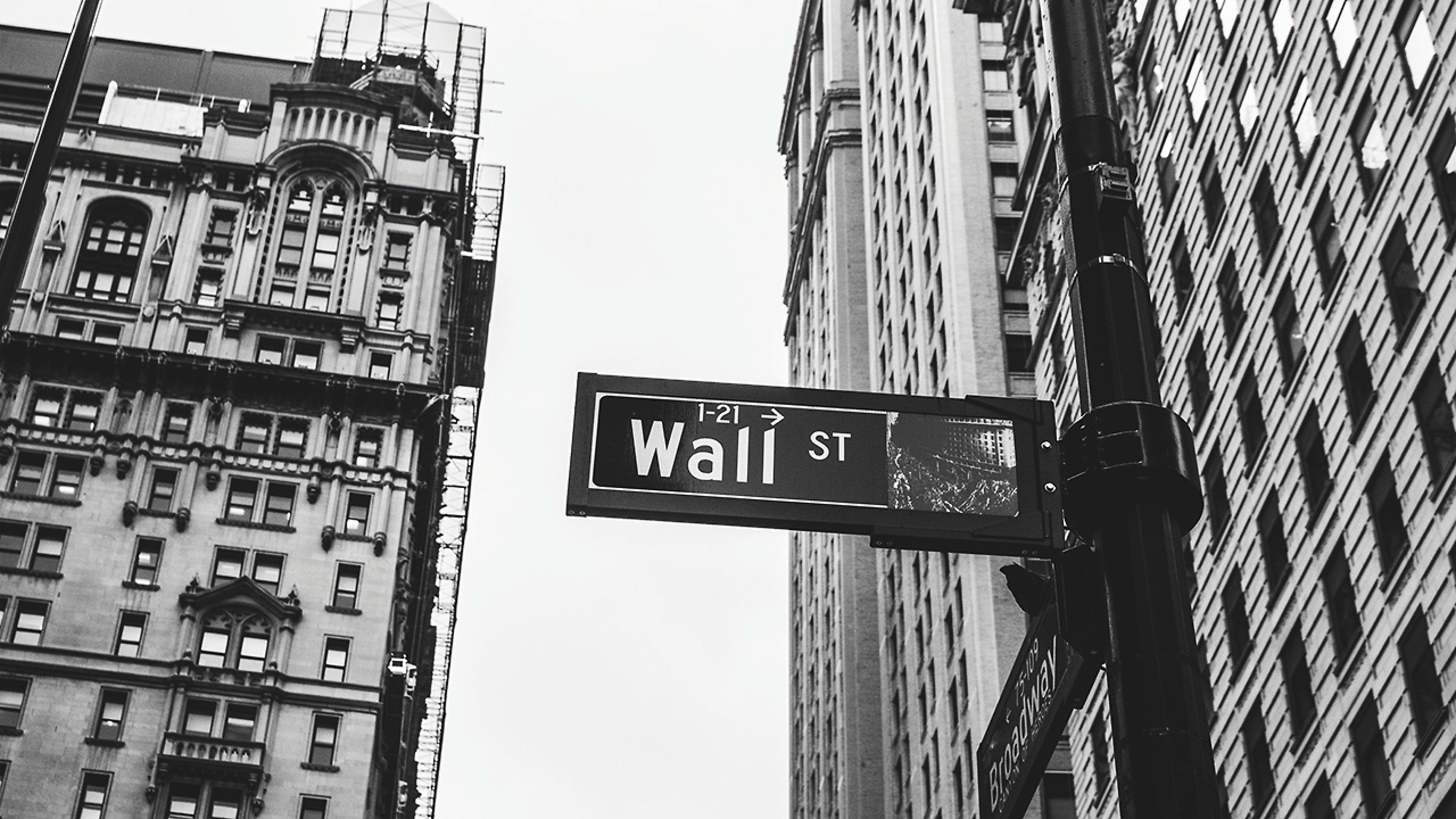With Travis Kalanick finally booted from Uber, we thought it was time to put some other CEOs on blast who have, improbably, escaped the same fate. Perhaps, like us, you forgot some of these folks were still clutching the reins of their respective companies. After all, the Teflon CEO was supposed to be a thing of the past: Over the past 15 years, investors and boards have wielded more power, especially after the passage of the Sarbanes-Oxley Act, which sought to protect investors by ensuring accurate financial reporting.
CEOs are now judged more harshly for their actions, both by the press and by activist investors who pour money into companies (as was the case with Uber). The same is true of the general public: A study by Stanford’s business school surveyed 1,554 Americans and found that half of them believed “CEOs should be fired (or worse) for unethical behavior.”
The past year has seen the ousting of CEOs from startups and corporations alike: Etsy’s Chad Dickerson, Thinx’s Miki Agrawal, Chipotle’s Monty Moran, Wells Fargo’s John Stumpf, and Ford’s Mark Fields, to name a few. Though Kalanick is arguably one of the biggest offenders in recent memory, there are more than a few CEOs who, by most accounts, should not still have jobs. Let’s dig into why those CEOs should be probably be fired—and how they may have managed to hang on.
Elizabeth Holmes: Theranos
We probably don’t have to explain this one to you. If you frequented the internet from late 2015 to mid-2016, chances are you know Theranos’s problems began when Wall Street Journal reporter John Carreyrou published a story that called into question the accuracy of the startup’s blood tests.

In January, Theranos laid off 155 employees—41% of its workforce—just months after cutting a whopping 340 employees last fall. But! Holmes is still CEO, despite the layoffs and the dismissal of questionable board members like Henry Kissinger and George P. Shultz. Problem is, Holmes has a compelling origin story. She’s a Stanford dropout—and a woman tech leader in a field dominated by men—who started Theranos at 19. Holmes has been breathlessly described as “Jobsian,” right down to her sartorial choices.
Plus, Theranos was a deeply personal endeavor for Holmes, who had always been scared of needles, and was repeatedly told by her Stanford professors that her blood-testing concept wasn’t feasible. According to the WSJ, Theranos also has no more than $54 million in cash left—and just this week, the company reportedly reached an agreement to settle a suit brought by Walgreens for about $30 million. Who could—and would want to—take over if she were fired?
Steve Ells: Chipotle
Since the E.coli outbreak heard ’round the country, Chipotle has struggled to bounce back. Though the rash of food poisoning—which included Norovirus and Salmonella outbreaks—didn’t continue into 2016, Chipotle’s bottom line has been slow to recover. The company finally exceeded analyst expectations this April in its Q1 earnings, with same-store sales up 17.8% after a long decline.
But while the incidents at Chipotle were relatively contained, the brand itself took a beating and, ironically, Chipotle’s cult-like status was likely part of the reason for that. As described in Fast Company‘s recent deep dive into Chipotle’s recovery, the company has taken a number of steps to ensure it doesn’t suffer another outbreak, including revamping its food safety protocols and enforcing audits to prevent sick employees from working. Unfortunately, it also meant scaling back its local sourcing efforts, despite Chipotle’s very public mission of “Food With Integrity.”
Founder and CEO Steve Ells remains at Chipotle in spite of former co-CEO Monty Moran’s ousting in December. Shareholder calls for Ells to step down as chairman have gone ignored, and Chipotle CFO Jack Hartung said recently that, even before the outbreaks, “we were losing our edge in terms of what it takes to run a great restaurant.” As described in our Chipotle feature, Ells didn’t always prioritize Chipotle’s bottom line, often spending money on ideas that were near and dear to him. From the story:
What’s dismaying to those who know Ells well is that he has always fought to do what he thought was right to improve the food Chipotle serves, even when it didn’t benefit Chipotle’s bottom line. He once spent a year and a half cycling through prototypes for an egg cooker so Chipotle could offer breakfast burritos. “We chased that to no avail and spent who knows how much money,” recalls a former executive who worked intimately with Ells and had knowledge of the failed effort. Once, Ells wanted to wedge a Jamba Juice–style blender operation into every Chipotle restaurant so workers could freshly squeeze limes, even though its kitchens only consume a half-cup of citrus juice per batch of guacamole. That didn’t work out either.
It’s understandable that Chipotle may not want to topple Ells, who, as its founder and a former chef, has long set the tone for the company. But Chipotle has historically been slow to evolve—one example being how little its menu offerings have changed during its tenure—which could hamper its growth as it navigates a crucial period. This is also true of Chipotle’s board, which until recently had seen little turnover. The same could be said of Ells, who has been at the company’s helm since he founded it in 1993.
Josh Tetrick: Hampton Creek
Hampton Creek first infiltrated shelves at Walmart, Whole Foods, and Kroger with its most visible product: Just Mayo, a vegan mayonnaise. The plant-based food company has since expanded its lineup to include flavored mayonnaise, salad dressing, pancake mix, and cookie dough.
But last year, Bloomberg reported that Tetrick and his team had been buying up large quantities of Just Mayo from stores where it was stocked, which looked like an effort to boost overall sales. Tetrick shrugged it off as quality control. But Hampton Creek employees were also encouraged to pose as customers, call up grocery stores, and request the company’s products, seemingly to drum up demand. Tetrick told Fast Company‘s Ruth Reader that Hampton Creek started buying back its mayo in 2013, due to temperature control issues. Tetrick claims this tactic barely made a dent in the company’s sales but secured shelf space for Hampton Creek in major grocery stores.

One of Hampton Creek’s investors, Ali Partovi, told Tetrick—and the board—that he was essentially lying to investors. “If an investor discovers it during due diligence, we could lose financing and run out of cash,” he reportedly told Tetrick in an email, according to Bloomberg. “If they don’t, they’ll realize they were duped within months, and they might have a case for fraud.”
The company has struggled to bring in funding, perhaps a result of the buyback debacle. Last month, Tetrick let go of his CFO, COO, and head of HR; in total, Hampton Creek has lost a dozen senior execs in the past year. The company was reportedly losing $10 million a month last year, though that number was reduced to about $4 million this April. It’s possible Tetrick is still around only because he has majority voting power over Hampton Creek’s board.
Nick Woodman: GoPro
When GoPro first arrived on the scene in 2004, it did something novel, creating an accessible, commercial action camera where there hadn’t been one before. (Remember, this was before smartphones were ubiquitous.) It was a game changer for athletes, many of whom use GoPro devices for training. For a while, GoPro was flying high, and three years ago, the company went public in a soaring IPO that valued GoPro at $3 billion. But that’s when GoPro’s troubles began. Rather than ceding the consumer drone market to major players like Chinese firm DJI, the largest drone seller in the world, GoPro decided it was time to create a drone of its own.
That drone was supposed to launch in 2015. Instead, GoPro debuted a new camera—the Hero4 Session—which was derided as overpriced and uninspired. The Karma drone’s launch was pushed out to fall 2016, then recalled less than two months later after reports of power outages mid-flight. As GoPro CEO Nick Woodman told Fast Company last year, he relied too heavily on the buzz from the IPO and didn’t prioritize marketing at a time when fewer people were investing in cameras. He also admits that hubris got the better of him.

It’s surprising that Woodman has remained in his role as long as he has—upward of 13 years at this point. And given that the next few months could be crucial, perhaps it’s time GoPro rethinks its management. Surely GoPro’s precipitous drop in stock price has investors quaking in their boots? Frankly, we’re baffled by this one. ¯\_(ツ)_/¯
Jack Dorsey: Twitter
This might be a controversial pick, but hear us out: We’re not champing at the bit for Dorsey’s exit, but we’re surprised he hasn’t gotten the boot. Dorsey is effectively a part-time CEO, juggling his duties at Twitter with his role as Square CEO. And how much has gone right for Twitter since Dorsey was brought back as CEO? The company has seen an upswing in users recently, which Twitter says can largely be attributed to “resurrected users” who have returned to the platform to keep tabs on political news. Its live-streaming efforts have snagged eyeballs and shown some promise.

Dorsey was, of course, famously fired from Twitter in 2008 due to poor management and for letting startup life get the better of him. Perhaps it’s unfair to pin Twitter’s problems on Dorsey; maybe the company was doomed from the start. But if Dorsey’s calling card is his ability to articulate Twitter’s vision, then it’s fair to expect the board and investors to think critically about whether he has actually done that in the past two years.
Recognize your brand’s excellence by applying to this year’s Brands That Matter Awards before the early-rate deadline, May 3.
